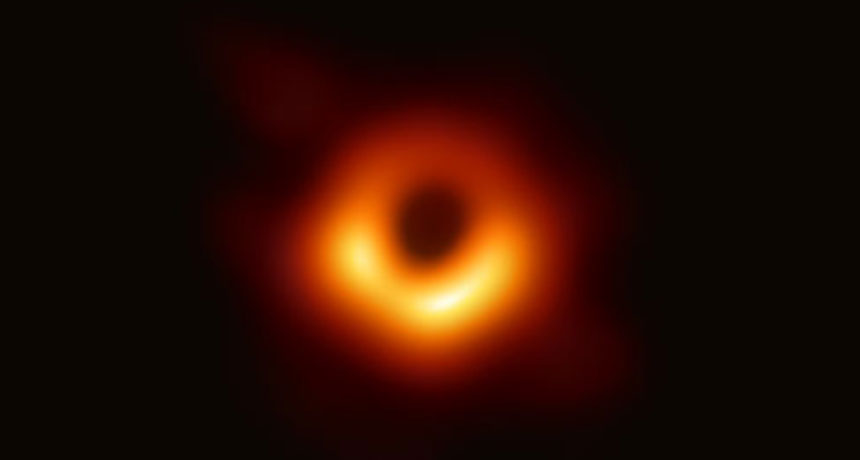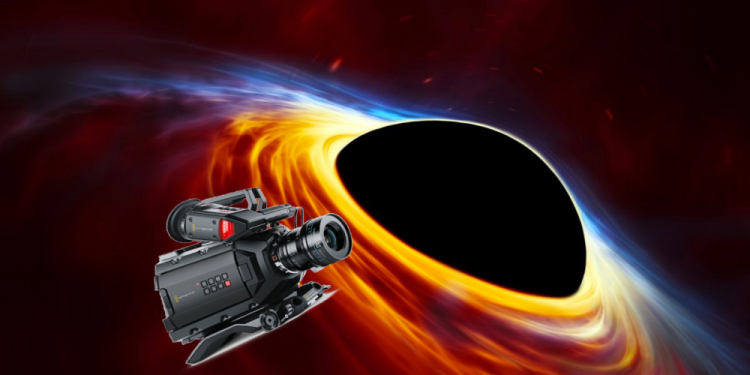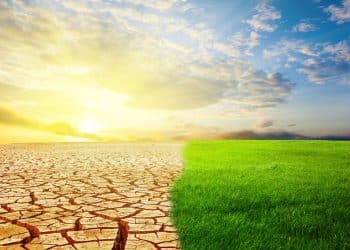Hypothetically, what would we see if we launched a probe with a camera toward a black hole that would transmit a real-time video signal at a safe distance?
As the camera approaches the black hole, gravity would increase, and as a result, the time for a spacecraft with a camera would slow down as it approaches the black hole. For example, you could see such an effect in the movie Interstellar.
As a result, an interesting effect would arise: if the camera transmits, say, 25 frames per second under normal conditions, then as we approach the black hole, we would receive fewer and fewer frames per second from the camera.
What Would A Camera Show If It Fell Into A Black Hole?
This animation of a black hole by NASA shows how gravity warps spacetime.
In other words, the signal from the camera would experience a gravitational redshift: the wavelength of the signal from the camera would increase, and the closer the camera is to the black hole, the faster the displacement would occur.
If there was an observer on the spacecraft with a camera, then from his point of view, the camera would continue to shoot 25 frames per second but receive footage slower due to the gravitational time dilation of one second. But in the frame of reference of an observer located far from the black hole, time would flow much differently.
The number of frames per second that we would receive from such a camera would begin to decrease, and then the time interval between individual frames would increase to hours, days, years, centuries, millennia, and so on.
We would need specialized equipment to fix such a signal shifting into the region of long waves. In addition, we would also need to solve the problem of interference created by matter falling onto the black hole. However, these are purely technical problems that can be solved with the help of specially designed receiving equipment, as well as the use of noise-immune signal coding.

The final transmission
The final image transmitted by the camera depends on the mass of the black hole on which it falls. If the camera falls on a black hole of stellar mass (the masses of such black holes usually vary from 5 to several tens of solar masses), then the tidal forces of the black hole would rupture the spacecraft along with the camera on approach.
This is because the inhomogeneity of the gravitational field of such a black hole greatly increases as it approaches it. As a result, tidal forces arise inside the solid, caused by this inhomogeneity. At some point, the body (in our case, this is an apparatus with a camera) would be torn apart into atoms.
In this case, all we would see in the video is a black hole accretion disk consisting of a red-hot matter rotating in a circle of a black hole and a completely black ball in the middle – the event horizon.
A camera falling into a supermassive black hole would show a more interesting picture. At first glance, this may seem strange, but the gravitational field of supermassive black holes is much more uniform, and therefore, a spacecraft with a camera has every chance of reaching the event horizon safe and sound.
As the camera falls into the black hole’s gravity well, its angle of view begins to decrease until all the light from the universe degenerates into a small blue dot. At the moment of crossing the event horizon, even this point would disappear, and complete darkness would come.
After the camera crosses the event horizon, it would continue shooting, but the signal transmitted by it would never reach us. And it’s also unlikely to wait for the camera to cross the event horizon: it would take billions of years.
Join the discussion and participate in awesome giveaways in our mobile Telegram group. Join Curiosmos on Telegram Today. t.me/Curiosmos
Sources:
• Cheong, R. (2015, November 20). What happens when you throw a camera into a black hole? Retrieved November 30, 2020, from http://www.hopesandfears.com/hopes/now/question/215747-camera-black-hole











